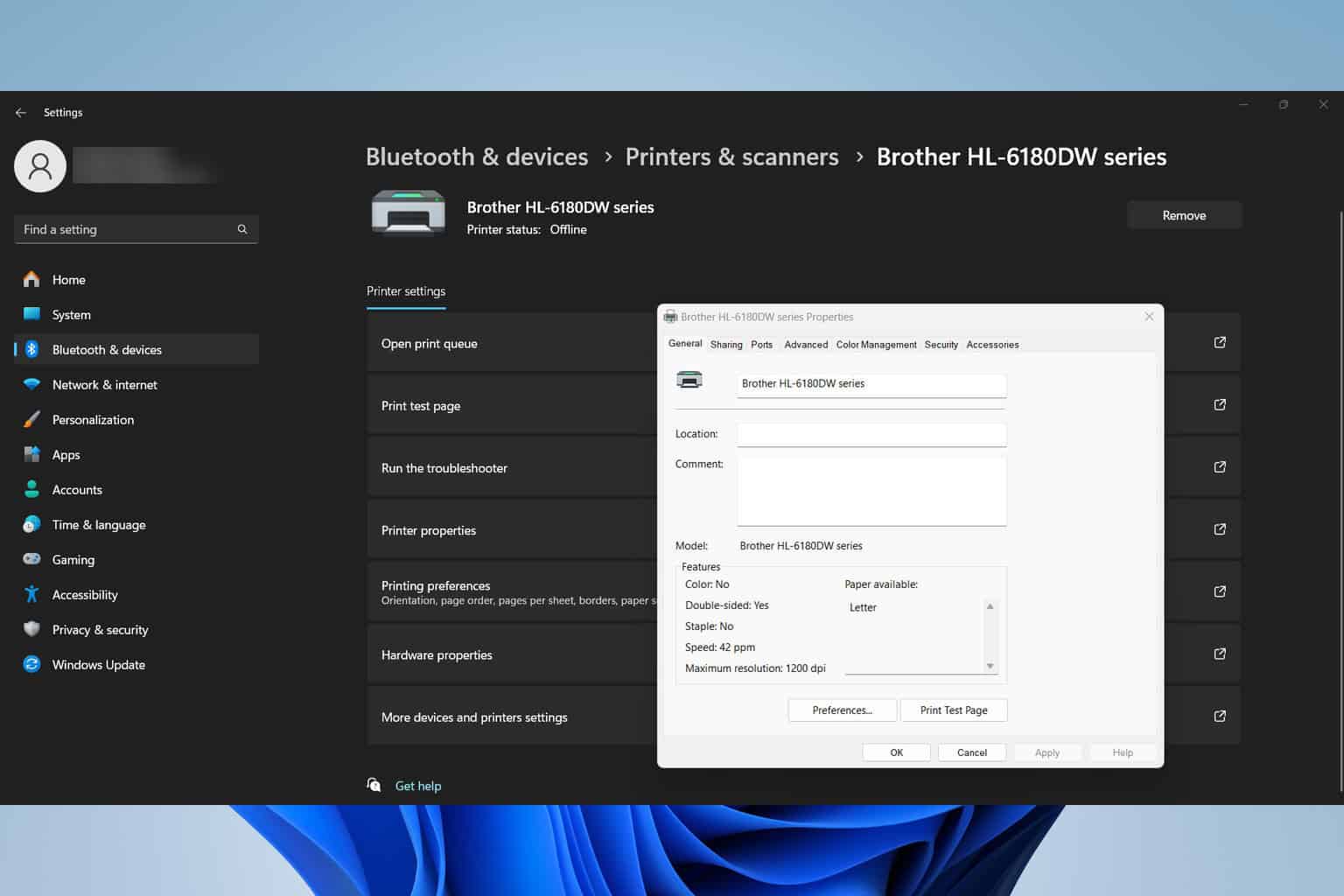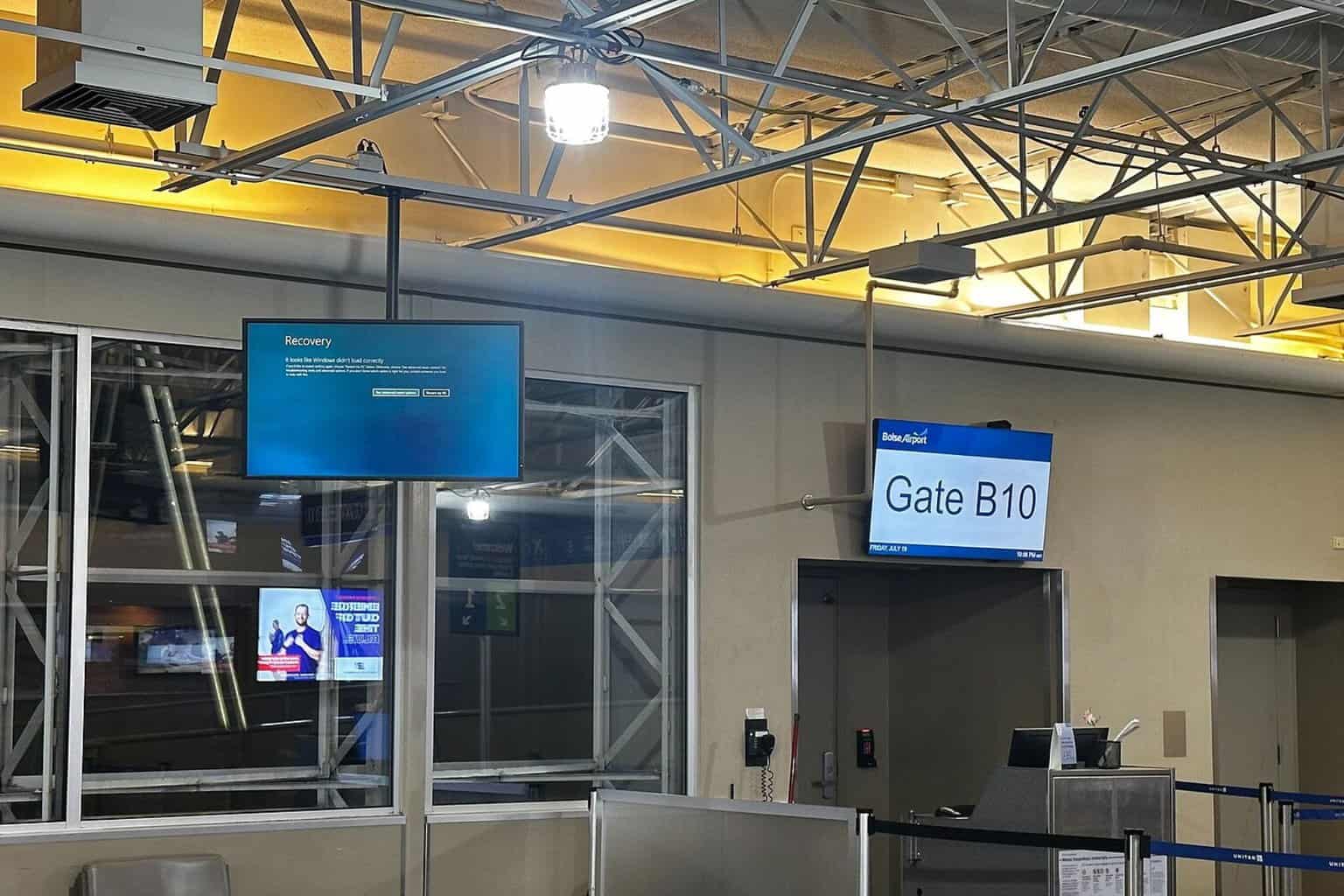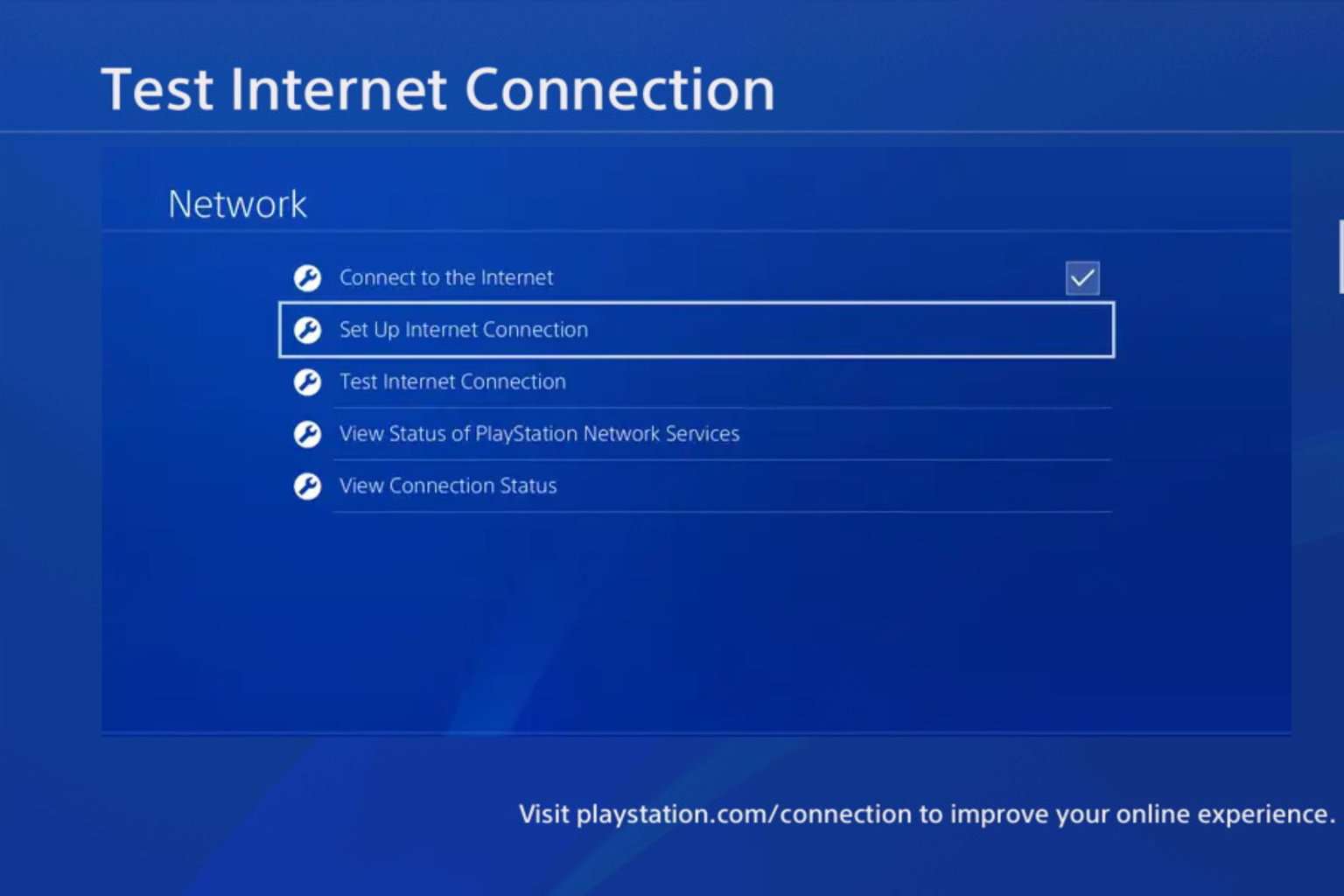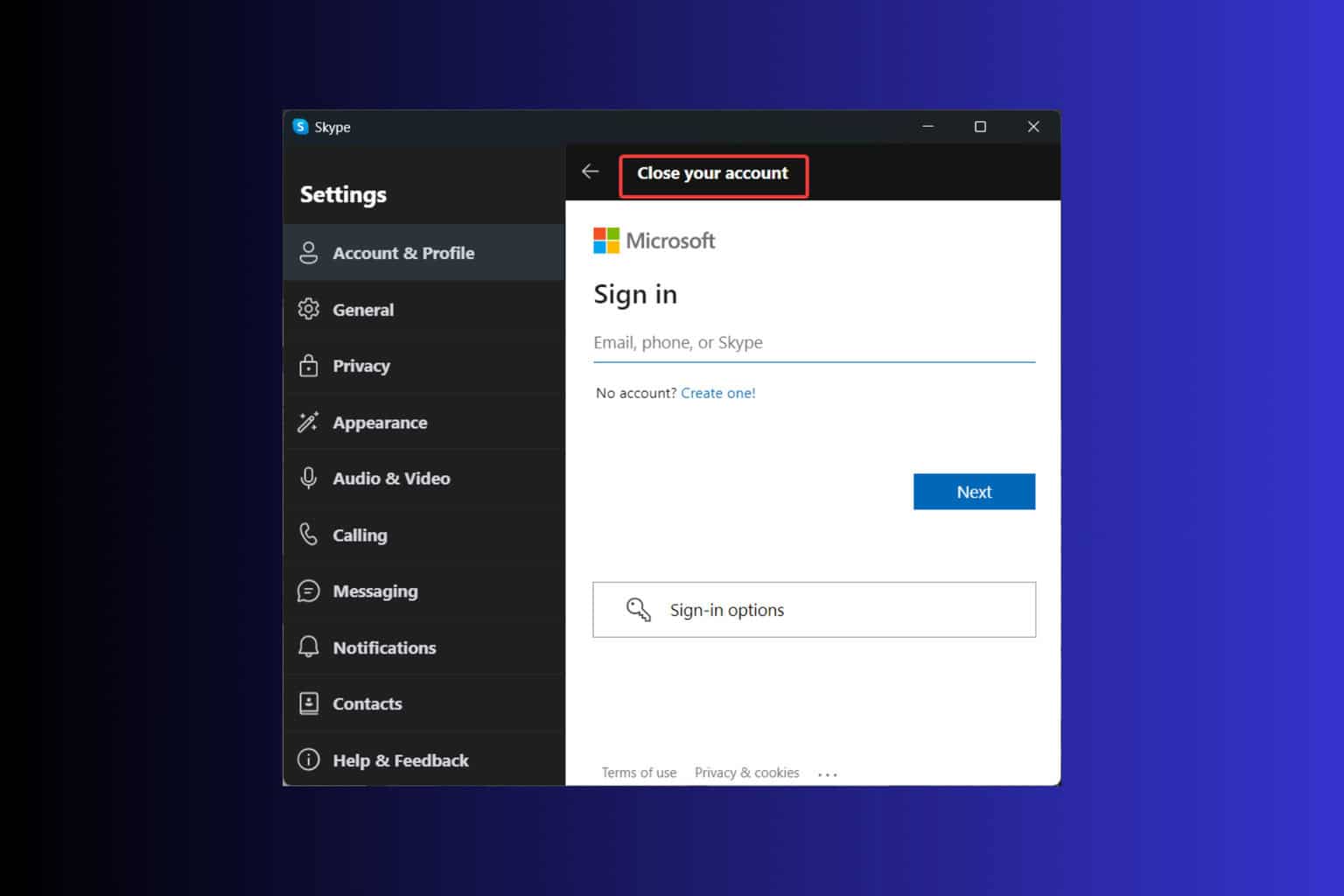Windows team gives devs pointers on publishing apps to a limited audience
2 min. read
Published on
Read our disclosure page to find out how can you help Windows Report sustain the editorial team Read more

Another blog that’s aimed at helping developers has been written by the Windows App Team. The Dev Center Tip blog series was initiated to give some insight and tricks on how to customize and develop for Windows 10. With their push to encourage developers to convert from alternatives to using Universal Windows Platform, the blog series has released a fifth installment today.
The series already covered how to publish or update publicly made available applications, but today’s post focuses on the opposite. Some developers choose to have their applications limited to a specific audience whether for beta or privacy reasons. They can do this by one of two ways:
Deep Link – These links make it possible to give specific users a way to download the app without being too restrictive. Publishing an app as hidden and providing a deep link limits the users that will be able to access the app, but not by much. If a developer chooses to provide the deep links, others can share and spread the link giving more users access to the application privately.
Prevent Acquisition – To avoid any sort of sharing of the app, developers can hand out individual promo codes that will be useful for only one user at a time. Although, providing the promo codes can come at a cost. Users with the code will have access to the app without it being able to be removed by the developer themselves. Also, the codes will not have access to the app submission until it’s publishing status is changed to ‘In The Store’.
Both of these methods can be accessed via the “Distribution and Visibility” section of the application submission menu. Each has their pros and cons, so it’s suggested by the Windows App Team to take into consideration the application’s publishing needs.
If you’d like to catch up on the other Dev Center Tips published in the series, visit the Windows App Team blog.








